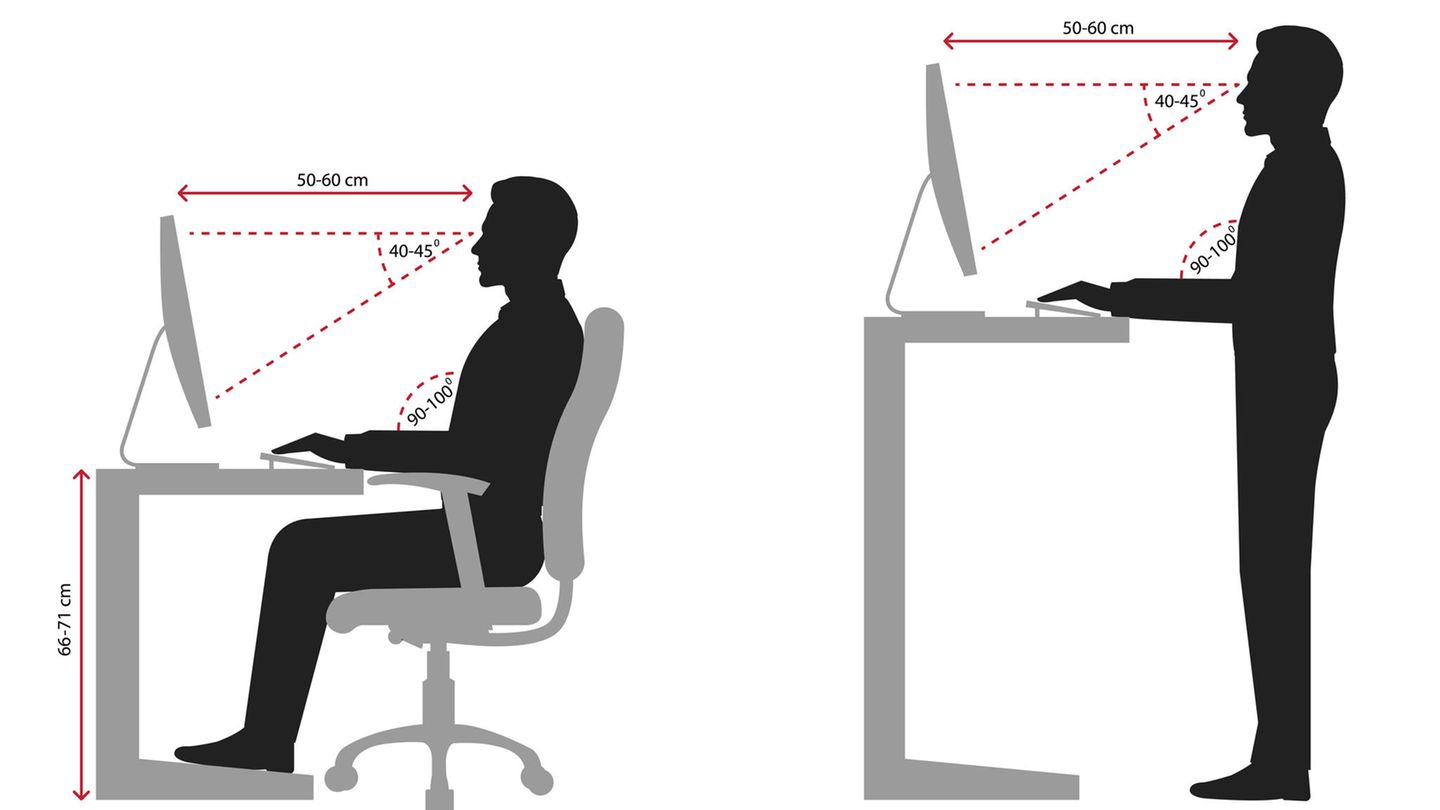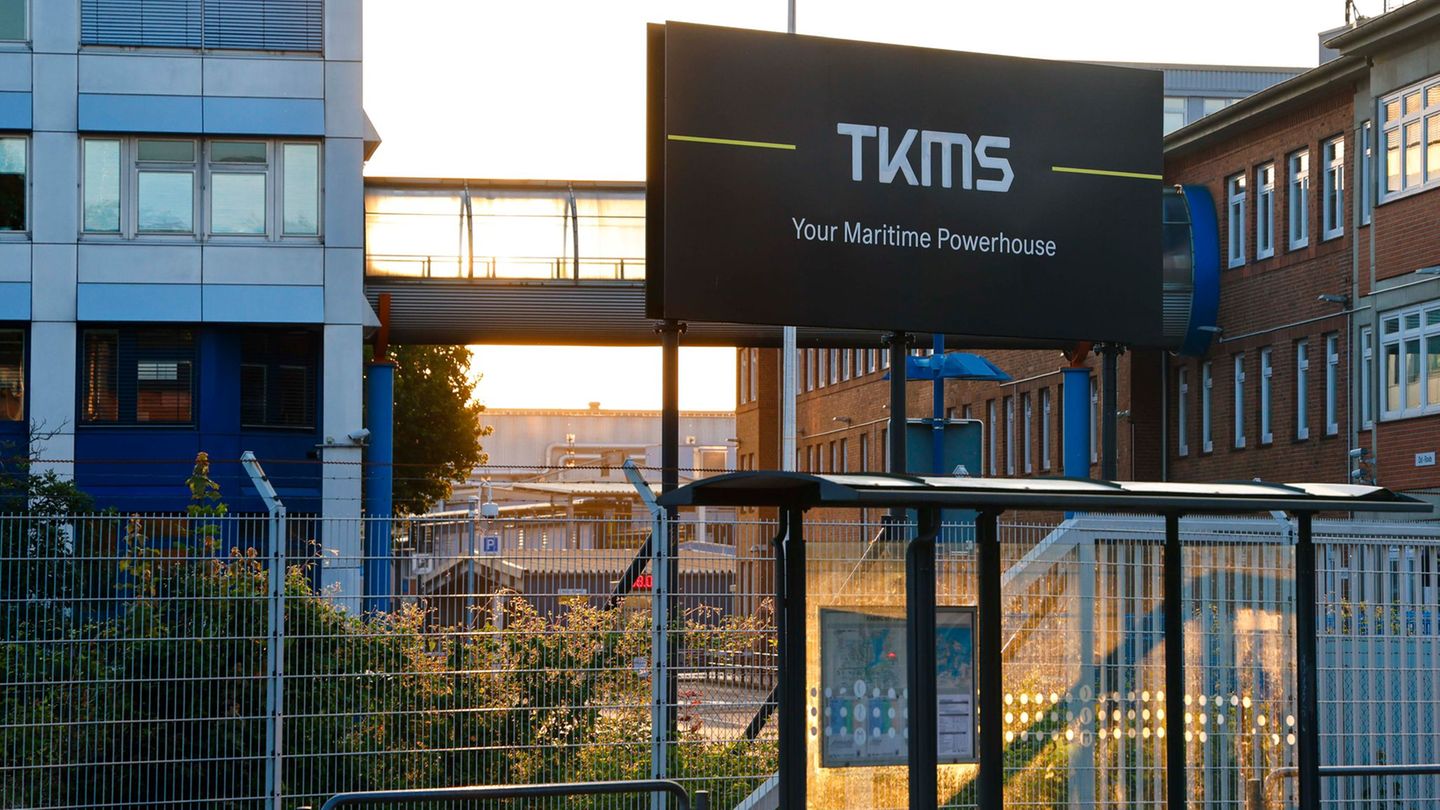The project seeks to expand the productive capacity of MiPyMEs – micro, small or medium enterprises -, encourage technological modernization, thus creating greater employment opportunities. What it proposes is an income tax exemption for those profits that are reinvested. In other words, through this system, companies could save between 25% and 35% of the tax they would have paid if they had not made the investment.
Within a situation that rather discourages private investment, these types of initiatives are extremely positive, because they lighten the tax burden of SMEs, while motivating them to reinvest, which in turn triggers a virtuous process of growth , productivity and new jobs, which is precisely an indicator that has been falling progressively in recent years.
The assets covered by this initiative are those that are affected by the economic activity carried out by the company: construction, machinery, equipment, etc. Unfortunately, automobiles are excluded, and once again they are left out of the incentive regime. In my judgement, automobiles should be included in the incentive mechanism in order to reduce the age of our automobile fleet and reactivate the activity of the automobile industry.
p9-toyota_opt.jpeg
relevance. Toyota represents 40% of automotive production and 50% of the sector’s exports.
Currently, the cost of income tax for companies is high, especially if we compare it with other countries in the region that pay taxes between 25% and 35% of their profits, a percentage that rises to a range that goes from 32 % to 40% if those profits were distributed as dividends to its shareholders.
The benefit can be seen tangible in the following practical example: let us imagine a company that obtains a net profit of $80 million. What you will have to pay is $25,250,000 for income tax, plus 5,600,000 pesos when distributing dividends. In this case, the effective income tax rate for that company would be 38.56%. If the company availed itself of the proposed incentive benefit and decided to allocate its profit to investment in equipment, it would save 100% of the income tax (in the example raised the $25,250,000).
It would be important to extend these benefits to larger companies with the financial capacity to invest, since these actions would have indirect economic effects in other sectors of economic activity. I believe that the incentive should not be limited only to MSMEs, it would perhaps be necessary to project the extension of these measures if what is intended is to give a more intense boost to the growth of economic activity.
But it is also true that if this initiative prospers and is put into practice, it is possible that it could be extended to other economic sectors with greater turnover and economic impact. The proposed alternative is an interesting incentive for companies to improve their production capacity and capitalize at the same time. This is good news for a sector that has been hit hard and that finds it very difficult not only to grow and invest, but also to directly survive.
Partner of La Vista Casal.
Source: Ambito




